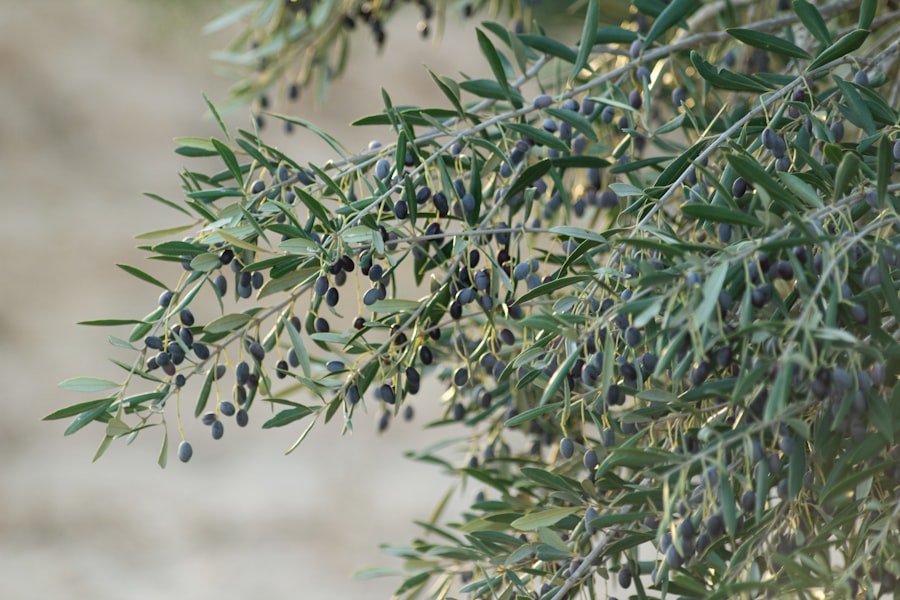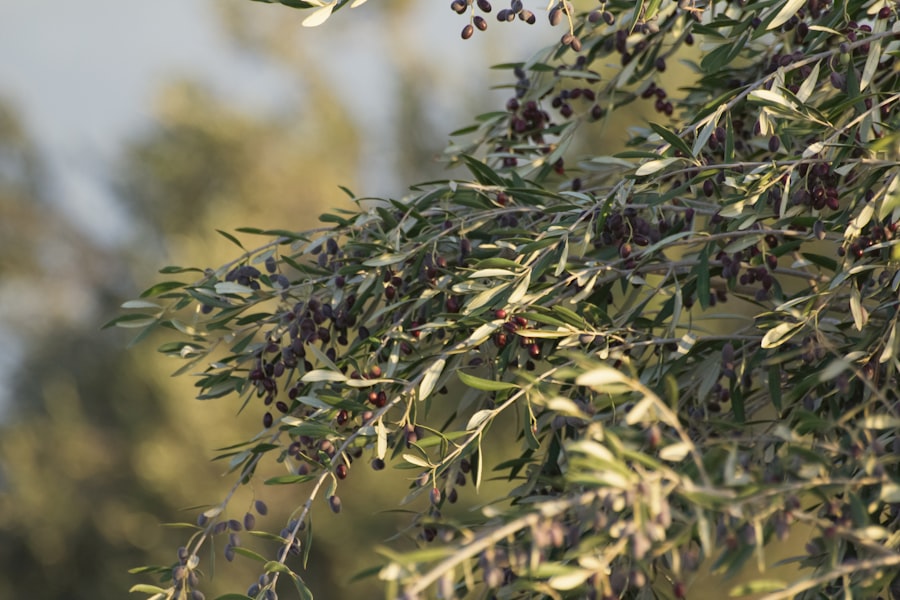Tunisia, a North African nation bordered by the Mediterranean Sea, is endowed with a diverse array of natural resources that play a crucial role in its economy and development. The country’s geographical position, coupled with its varied climate, has resulted in a rich tapestry of natural assets, including minerals, hydrocarbons, agricultural land, and renewable energy potential. The effective management and sustainable utilisation of these resources are vital for agricultural land, renewable energy sources, water, and forests.
Petroleum and Natural Gas Reserves
Tunisia’s petroleum and natural gas reserves are among the most critical components of its energy sector. The country has been exploring and producing hydrocarbons since the 1960s, with significant discoveries made in the southern regions, particularly in the Sahara Desert. The major oil fields, such as El Borma and Ashtart, have been instrumental in establishing Tunisia as a modest oil producer in the region.
Despite its relatively small output compared to larger oil-producing nations, Tunisia’s oil sector remains a vital contributor to government revenues and foreign exchange earnings. Natural gas production has also gained prominence in Tunisia’s energy landscape. The country possesses substantial natural gas reserves, primarily located in the north and central regions.
The Miskar gas field is one of the most significant contributors to Tunisia’s natural gas output. The domestic consumption of natural gas has been on the rise, driven by increasing energy demands from various sectors, including electricity generation and industrial activities. However, Tunisia faces challenges in maintaining production levels due to ageing infrastructure and declining output from mature fields.
This necessitates investment in exploration and technology to enhance recovery rates and ensure energy security.
Phosphate and Mineral Deposits

Phosphate mining is a cornerstone of Tunisia’s economy, positioning the country as one of the world’s leading producers of phosphate rock. The Gafsa region is particularly renowned for its rich phosphate deposits, which have been exploited since the late 19th century. Phosphate is a critical raw material for fertiliser production, and Tunisia’s phosphate industry plays a significant role in supporting agricultural productivity both domestically and internationally.
The extraction and processing of phosphate have not been without challenges. Environmental concerns related to mining activities have led to protests and calls for more sustainable practices. Additionally, fluctuations in global phosphate prices can impact the economic viability of mining operations.
Despite these challenges, Tunisia continues to invest in modernising its phosphate industry to enhance efficiency and reduce environmental impacts. The government has also sought to diversify its mineral portfolio by exploring other minerals such as iron ore, lead, and zinc, which could further bolster the mining sector.
Agricultural Resources
Agriculture is a vital sector in Tunisia, contributing significantly to the country’s GDP and employing a substantial portion of the workforce. The diverse climatic conditions across the country allow for the cultivation of various crops, including cereals, olives, fruits, and vegetables. Olive oil production is particularly noteworthy, with Tunisia being one of the largest producers globally.
The country’s olive groves are not only economically important but also culturally significant, reflecting centuries of agricultural tradition. The agricultural landscape in Tunisia faces several challenges, including water scarcity, soil degradation, and climate change impacts. The reliance on rain-fed agriculture makes the sector vulnerable to fluctuations in weather patterns.
To address these issues, the Tunisian government has implemented various strategies aimed at improving agricultural productivity through modern farming techniques, irrigation projects, and research into drought-resistant crop varieties.
Renewable Energy Sources
In recent years, Tunisia has made significant strides towards harnessing renewable energy sources as part of its commitment to sustainable development and reducing reliance on fossil fuels. The country benefits from abundant solar and wind resources due to its geographical location and climatic conditions. The government has set ambitious targets for renewable energy production, aiming to generate 30% of its electricity from renewable sources by 2030.
Solar energy projects have gained momentum, with several large-scale solar farms being developed across the country. The Noor solar plant in Tozeur is one such example, showcasing Tunisia’s potential for solar power generation. Wind energy is also being explored, particularly along the coastal regions where wind speeds are favourable for turbine installation.
By investing in renewable energy infrastructure, Tunisia aims not only to diversify its energy mix but also to create jobs and stimulate economic growth while addressing environmental concerns associated with fossil fuel consumption.
Water Resources

Water scarcity is a pressing issue in Tunisia, exacerbated by climate change and increasing demand from agriculture and urbanisation. The country relies heavily on groundwater resources, which are being depleted at an unsustainable rate due to over-extraction and pollution. Surface water resources are limited, with rivers often experiencing seasonal fluctuations that affect their reliability for irrigation and domestic use.
These include investments in irrigation technologies such as drip irrigation systems that minimise water wastage in agriculture. Additionally, efforts are being made to enhance water quality through wastewater treatment projects that allow for the reuse of treated water in agriculture.
Public awareness campaigns are also crucial in promoting water conservation practices among citizens.
Forests and Woodlands
Tunisia’s forests and woodlands cover approximately 8% of the country’s land area and play a vital role in maintaining ecological balance and supporting biodiversity. The forests are primarily composed of cork oak, Aleppo pine, and various shrub species that provide habitat for numerous wildlife species. These forested areas are not only important for environmental conservation but also contribute to local economies through timber production and non-timber forest products.
However, Tunisia’s forests face significant threats from deforestation due to agricultural expansion, urbanisation, and illegal logging activities. Climate change further exacerbates these challenges by increasing the frequency of forest fires and altering ecosystems. In response to these threats, the Tunisian government has initiated reforestation projects aimed at restoring degraded areas and enhancing forest resilience.
Community involvement in forest management is also being encouraged to promote sustainable practices that benefit both local populations and the environment.
Conservation and Sustainable Management of Natural Resources
The sustainable management of natural resources is paramount for Tunisia’s long-term economic viability and environmental health. Recognising the importance of conservation efforts, the government has established various policies aimed at protecting natural resources while promoting sustainable development practices. These policies encompass a range of sectors including agriculture, forestry, fisheries, and tourism.
International cooperation plays a crucial role in enhancing Tunisia’s capacity for sustainable resource management. Partnerships with organisations such as the United Nations Development Programme (UNDP) have facilitated projects focused on biodiversity conservation and climate change adaptation. Additionally, local communities are increasingly being engaged in conservation efforts through participatory approaches that empower them to manage their resources sustainably.
The integration of traditional knowledge with modern scientific practices is essential for developing effective conservation strategies that resonate with local populations. By fostering a culture of sustainability that prioritises both economic development and environmental stewardship, Tunisia can work towards a future where its natural resources are preserved for generations to come while supporting the needs of its citizens today.
FAQs
What are the main natural resources of Tunisia?
Tunisia’s main natural resources include petroleum, natural gas, phosphates, iron ore, lead, zinc, salt, and arable land.
Where are the petroleum and natural gas reserves located in Tunisia?
The petroleum and natural gas reserves in Tunisia are primarily located in the southern part of the country, particularly in the regions of Tataouine, Kebili, and Sfax.
Where are the phosphate reserves located in Tunisia?
Tunisia’s phosphate reserves are mainly located in the Gafsa Governorate, which is in the central-western part of the country.
Where are the iron ore, lead, and zinc reserves located in Tunisia?
The iron ore, lead, and zinc reserves in Tunisia are primarily located in the northern part of the country, particularly in the regions of Jendouba and Kef.
Where are the salt reserves located in Tunisia?
Tunisia’s salt reserves are mainly located in the coastal areas, particularly in the regions of Sfax and Gabes.
Where is the arable land located in Tunisia?
Arable land in Tunisia is spread throughout the country, with fertile areas located in the north and east, as well as in the central regions.


